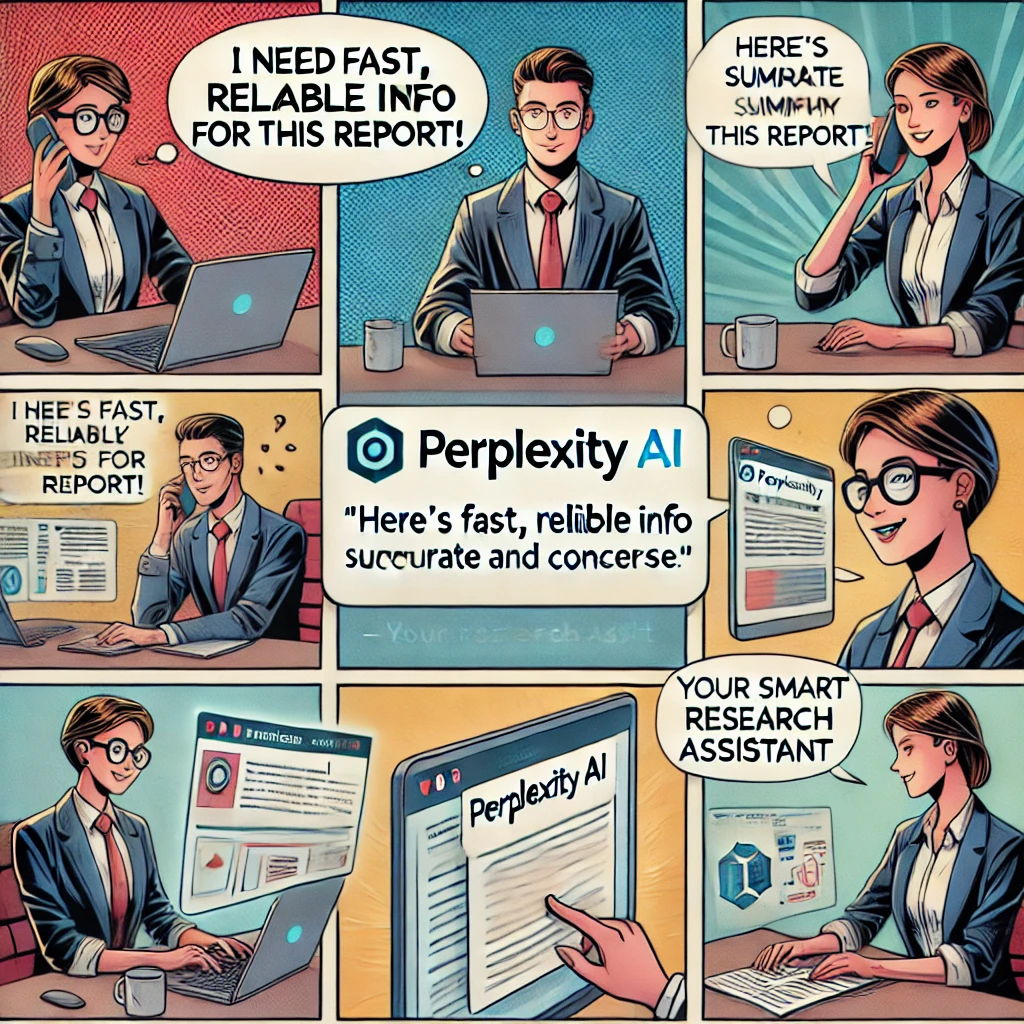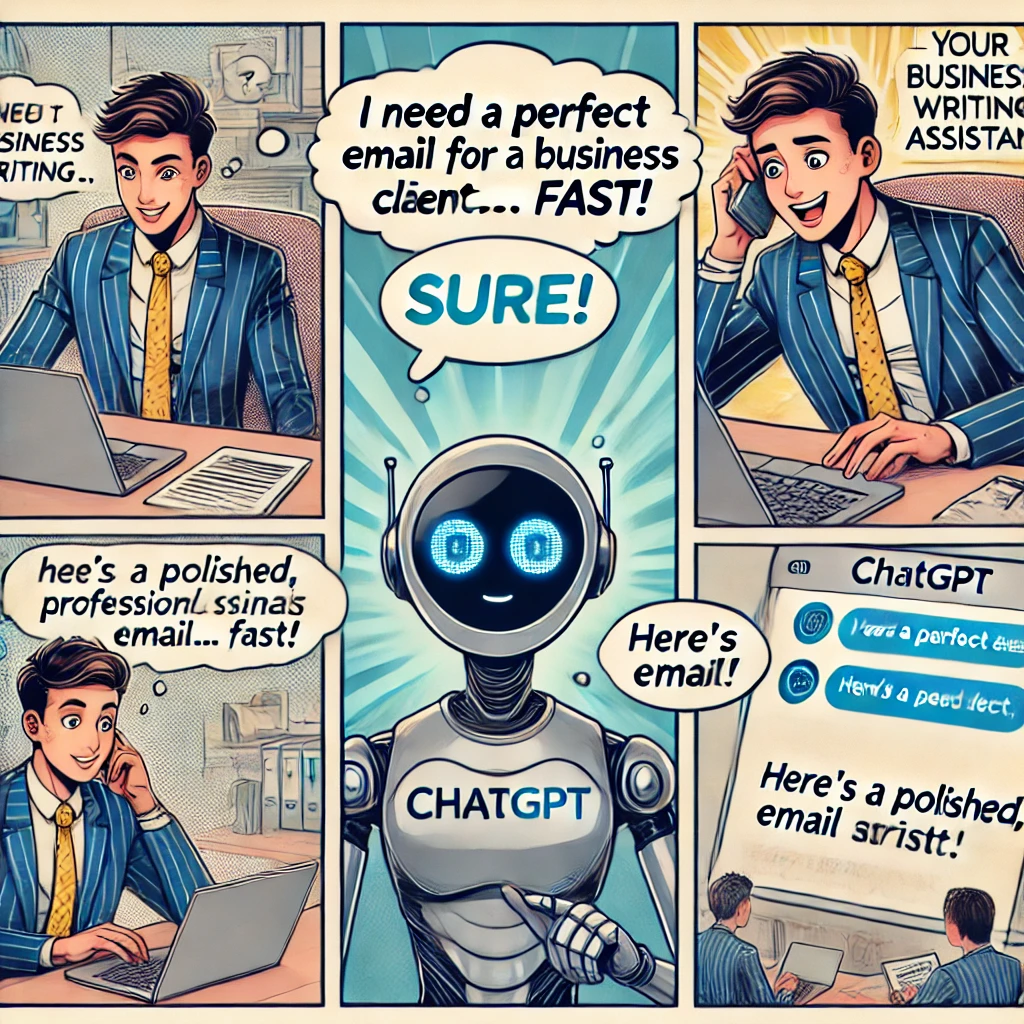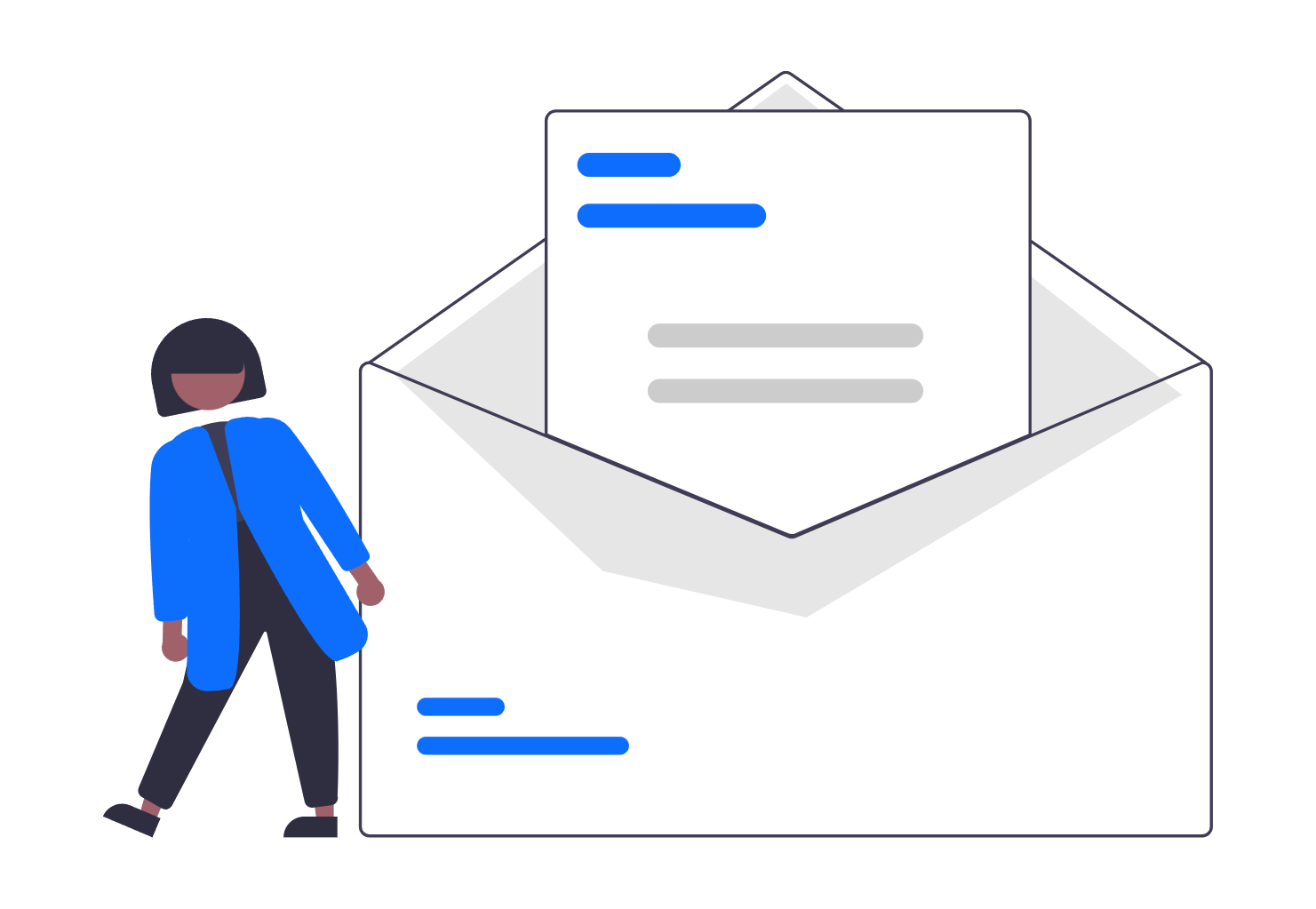
In the rapidly evolving world of artificial intelligence, tools like Perplexity AI and ChatGPT have emerged as frontrunners in enhancing productivity and information retrieval. Both platforms offer unique capabilities, making it essential to understand their differences to determine which aligns best with your requirements. This article delves into the features, strengths, and ideal use cases for each, providing a comprehensive comparison to guide your choice.
Artificial Intelligence (AI) tools have become increasingly indispensable in various industries, serving a wide array of functions from content creation to customer service. As industries continue to evolve and integrate advanced technologies, AI tools like Perplexity AI and ChatGPT have emerged as key players, each offering unique functionalities tailored to distinct user needs. Understanding the capabilities of these tools is crucial for making an informed decision about which one is best suited for specific requirements.
Perplexity AI is designed to enhance information retrieval and data processing tasks. This tool excels in generating insightful responses by sifting through extensive databases to provide users with coherent and contextually relevant information. Its primary target audience includes researchers, educators, and data analysts who seek to obtain quick, reliable answers to complex queries. The primary use of Perplexity AI is to facilitate efficient knowledge acquisition and to assist users in navigating vast amounts of information effortlessly.
On the other hand, ChatGPT focuses on facilitating conversational interactions through its comprehensive language model. It aims to support engagement and communication by generating human-like text responses based on user prompts. This tool is particularly beneficial for businesses involved in customer service, marketing, and content development. Its target audience spans across industries where interaction with customers or users is essential, enabling seamless and dynamic communication while also providing creative output in content creation.
With such distinct functionalities and target audiences, it is critical to evaluate the strengths and weaknesses of Perplexity AI and ChatGPT. Understanding their nuances will aid users in selecting the appropriate AI tool that aligns with their specific operational needs. As this comparison unfolds, it is clear that each tool serves a unique purpose in the rapidly advancing landscape of artificial intelligence.
Perplexity AI:

Your Attractive HeadingPerplexity AI is an AI-powered search engine and chatbot designed to provide accurate and comprehensive answers to user queries. It leverages advanced technologies such as natural language processing (NLP) and machine learning to search the web in real-time, offering up-to-date information on various topics. Users can input queries in natural language and receive concise, contextually relevant responses, complete with source citations for transparency and credibility.
Perplexity AI:
Real-Time Information Retrieval: Perplexity AI performs live searches across websites, forums, social media, and news articles to provide the latest information. ClickUp
Citation Tracking: Each response includes citations, allowing users to verify information and explore sources further.
Integration with Various Data Sources: The platform integrates multiple data sources to enhance the depth and breadth of information provided. Guru
Focus Feature: Allows users to narrow searches to specific domains like Reddit, YouTube, or academic papers, enabling more targeted results.
Pros:
Up-to-Date Information: Real-time web searches ensure users receive current data.ClickUp+1WSJ+1
Transparency: Citations provide clarity on information sources.
User-Friendly Interface: Designed for intuitive navigation and ease of use.
Cons:
Dependence on Internet Connectivity: Real-time searches require a stable internet connection.
Limited Conversational Depth: Primarily focused on information retrieval rather than extended conversational interactions
Pricing & Versions:
Perplexity AI operates on a freemium model:Wikipedia+1Reuters+1
Free Version: Offers basic search functionalities with access to the company’s standalone LLM based on GPT-3.5 with browsing. Wikipedia
Pro Version: Provides advanced features, including access to multiple AI models like GPT-4o, Claude 3.7 Sonnet, and Gemini Flash 2.0, along with enhanced search capabilities and API access.
- Best For Researchers, Students, and Professionals who require quick, accurate, and up-to-date information with verifiable sources.
ChatGPT

Developed by OpenAI, ChatGPT is a conversational AI model designed to generate human-like text based on user prompts. It excels in understanding and producing coherent and contextually relevant responses across a wide range of topics. ChatGPT has been widely adopted for tasks such as drafting content, coding assistance, language translation, and more.
Chat GPT:
Conversational Interaction: Engages users in dialogue, maintaining context over multiple turns.Guru+2OpenAI+2Automate without limits | Zapier+2
Creative Content Generation: Capable of producing essays, poems, code snippets, and other forms of creative writing.
Multilingual Support: Understands and generates text in multiple languages.Spiceworks Inc+1Reuters+1
Plugin Support: Integrates with various plugins, including web browsing and code interpretation, to extend its functionalities
Pros:
Versatility: Suitable for a broad spectrum of applications, from content creation to technical assistance.
User Engagement: Provides detailed and context-aware responses, enhancing user interaction.
Continuous Learning: Regular updates and training improve its performance over time.
Cons:
Information Cutoff: May not have access to the most recent data unless integrated with web browsing plugins.
Potential for Inaccuracies: As with any AI model, there is a possibility of generating plausible but incorrect or nonsensical answer
Pricing & Versions:
Free Version: Access to basic functionalities with certain limitations.
ChatGPT Plus: A subscription plan priced at $20 per month, providing benefits like general access during peak times, faster response times, and priority access to new features and improvements
- Best for well-suited for writers, developers, educators, and anyone seeking an AI companion for drafting content, brainstorming ideas, or engaging in informative conversations.
Perplexity AI vs Chat GPT
When evaluating AI tools, it is essential to compare their features in order to determine which one caters best to specific user needs. Both Perplexity AI and ChatGPT have garnered attention for their advanced language processing capabilities, yet they exhibit distinct differences that may influence a user’s choice. Perplexity AI emphasizes its ability to provide accurate and contextually relevant answers, leveraging a combination of natural language processing and data analysis. In contrast, ChatGPT is designed to facilitate conversational engagement, focusing on generating human-like dialogue while maintaining coherence and context.
One of the notable features of Perplexity AI is its adeptness at synthesizing information from various sources. This ability allows it to present users with comprehensive responses, which can be particularly beneficial for research or academic inquiries. ChatGPT, while also effective in generating informative content, shines in its interactive capabilities, where users can engage in back-and-forth conversations that feel natural and fluid. This can enhance user experience, particularly in settings where conversational tone is a priority.
Integration capabilities are another point of distinction between the two tools. Perplexity AI has been designed to integrate seamlessly with data-driven applications, making it a suitable choice for businesses that prioritize analytical functionality. Alternatively, ChatGPT can be easily integrated into customer service tools and platforms, providing users with instant responses to queries in a conversational manner. User-friendliness is another area worth considering; while both platforms are generally intuitive, some users may find Perplexity AI’s response generation mechanism slightly more complex due to its emphasis on data accuracy.
Ultimately, the choice between Perplexity AI and ChatGPT may hinge on the specific requirements of the task at hand, whether one seeks a comprehensive information source or a robust conversational partner.
Comparison & Recommendation
When deciding between Perplexity AI and ChatGPT, consider the following:
Information Retrieval vs. Conversational Depth: If your primary need is real-time, accurate information with source citations, Perplexity AI is the better choice. Conversely, for engaging dialogues and creative content generation, ChatGPT stands out.
Use Case Specificity: Researchers and professionals requiring up-to-date data may prefer Perplexity AI, while content creators and those seeking assistance in writing or coding might find ChatGPT more beneficial.
Budget Considerations: Both platforms offer free versions with substantial features, but for advanced capabilities
Use Cases and Applications
Both Perplexity AI and ChatGPT offer unique functionalities that cater to different needs across various industries. Understanding the specific use cases for each tool can aid users in determining which AI is more suitable for their particular requirements.
Perplexity AI serves as an excellent resource for information retrieval and data analysis, making it particularly beneficial for sectors such as finance and research. Its adeptness at synthesizing information from multiple sources allows professionals to extract insights from large datasets efficiently. For instance, in the financial sector, analysts can utilize Perplexity AI to evaluate market trends and gauge potential risks, enhancing their decision-making processes. Furthermore, researchers can employ this tool to compile literature reviews or analyze data trends, streamlining their workflow significantly.
On the other hand, ChatGPT shines in scenarios that require natural language understanding and generation. Its conversational abilities make it an excellent choice for customer service roles across various industries. For example, e-commerce businesses can leverage ChatGPT to provide real-time assistance to customers, answering queries and guiding them through the purchasing process seamlessly. Additionally, its applications extend to content creation, where marketers can use ChatGPT to generate ideas, brainstorm, or even draft blog posts, facilitating creativity and boosting productivity.
Furthermore, educational institutions can also benefit from both AI tools. Perplexity AI can aid in data analysis and research, while ChatGPT can serve as a virtual tutor, enhancing learning experiences by providing personalized interaction. Each tool has its strengths tailored to specific applications, enabling users to maximize their usage depending on their goals. As businesses continue to explore AI capabilities, the choice between Perplexity AI and ChatGPT should be made based on the context of their application, ensuring the selection aligns with the intended objectives.
Conclusion
As we have explored throughout this comparison of Perplexity AI and ChatGPT, each tool brings its unique capabilities and strengths to the table, catering to different user needs and applications.
Perplexity AI is particularly advantageous for tasks requiring rapid and accurate information retrieval, making it ideal for research and fact-checking. Its structured approach allows users to obtain concise answers to specific queries, which can be invaluable in academic, professional, and technical environments.
In contrast, ChatGPT excels in generating human-like conversational responses, making it a better choice for applications involving interaction, customer service, and creative writing. The versatility of ChatGPT enables it to handle a more extensive range of topics and engage in longer dialogues, which can enhance user experience in scenarios requiring deeper conversation.
When deciding between Perplexity AI and ChatGPT, it is important to consider the specific requirements of your project or industry. For instance, marketers may find ChatGPT more aligned with their strategy, as it can help generate catchy content or engage audiences through social media. On the other hand, data analysts or researchers might prefer Perplexity AI due to its efficiency in delivering precise information quickly.
In summary, the selection between Perplexity AI and ChatGPT should ultimately reflect your specific goals and the context in which you intend to use the AI tool. By aligning the strengths of each platform with your objectives, you can leverage these advanced technologies effectively. Users should assess criteria such as desired output quality, interaction style, and areas of application to determine the most suitable tool for their needs. Each AI has its merits, and understanding these can empower users to make informed choices.


